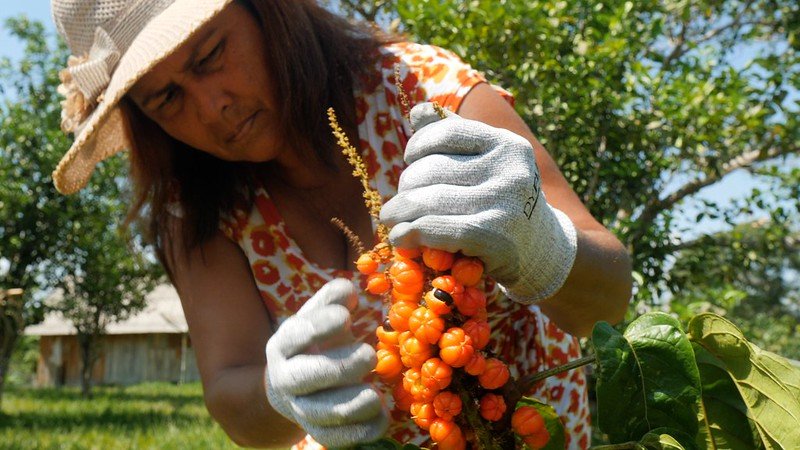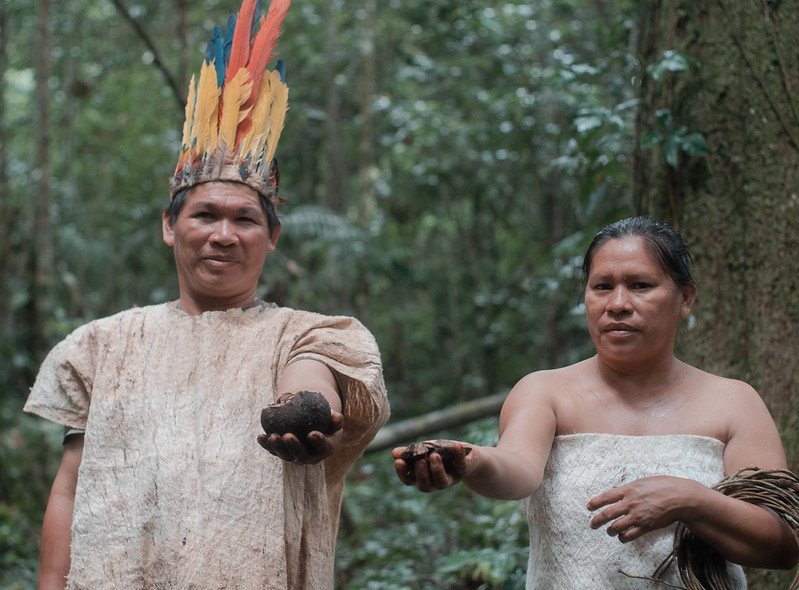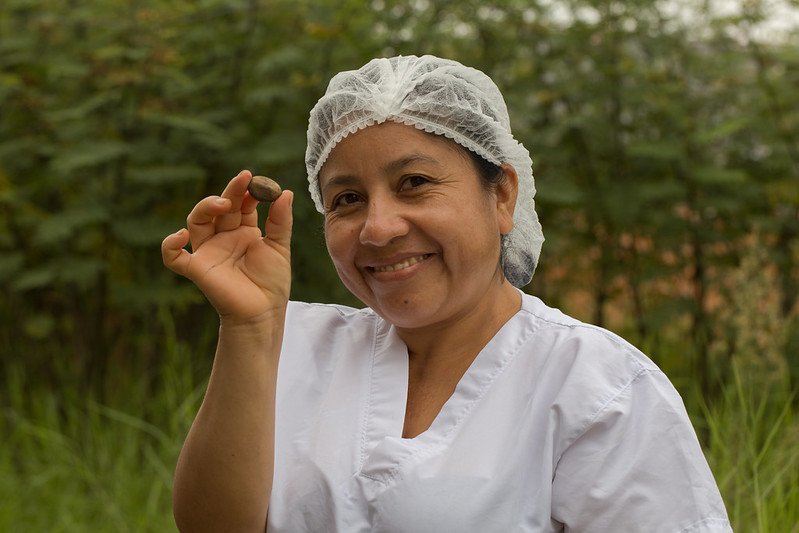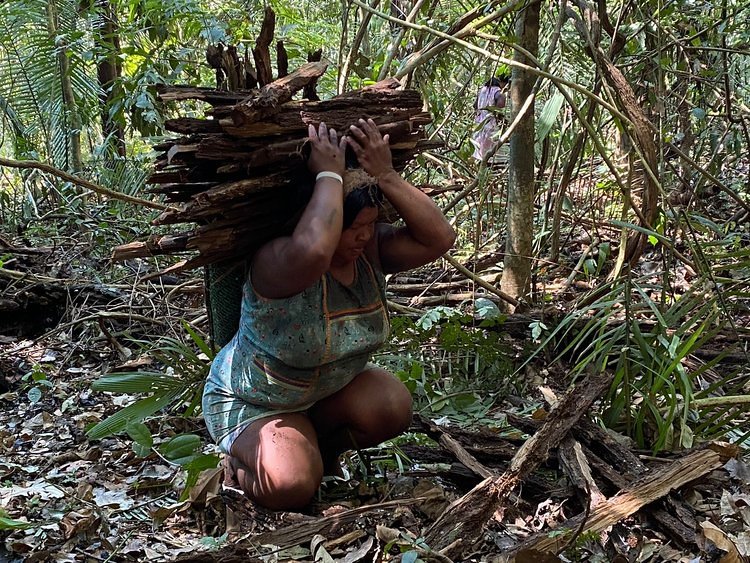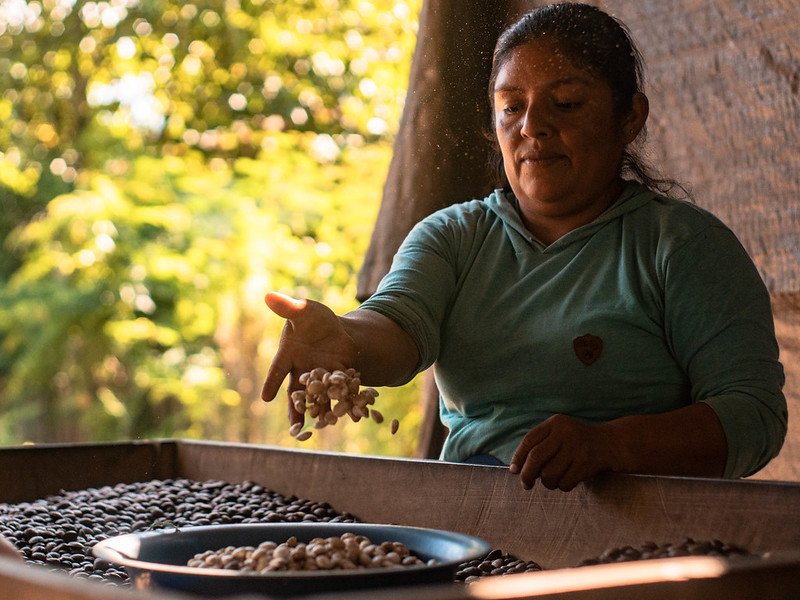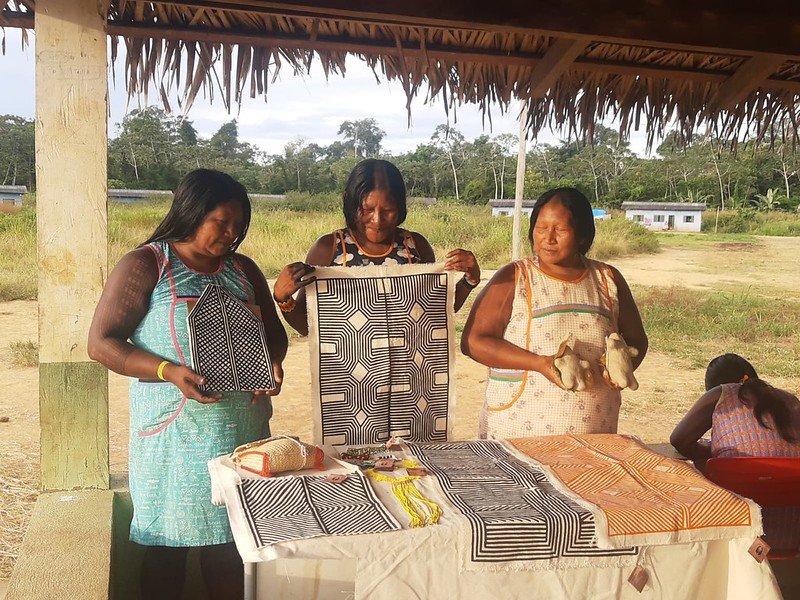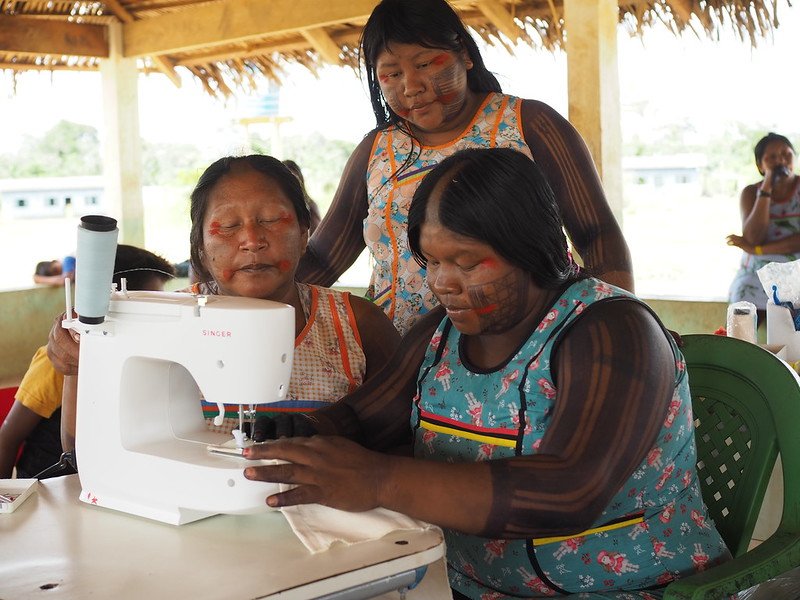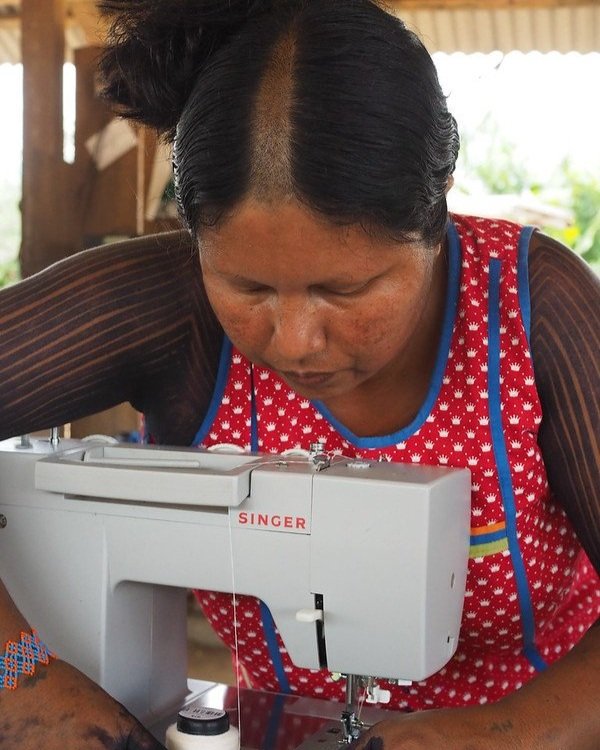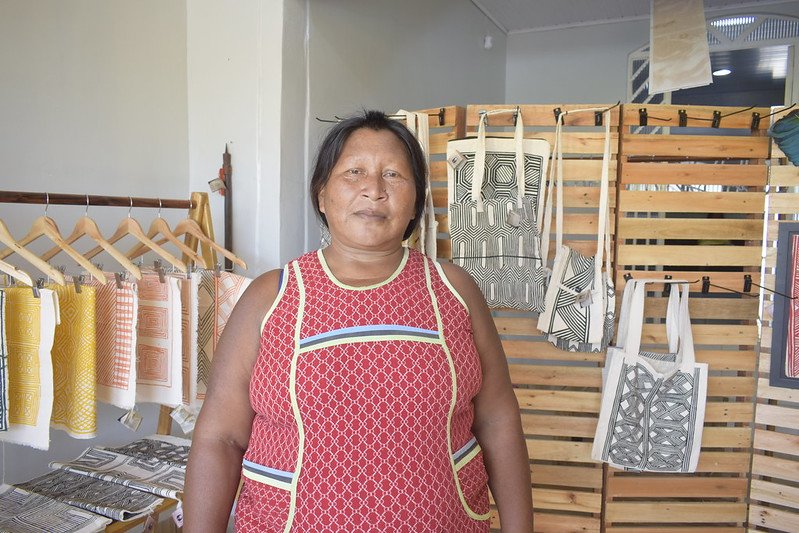NESsT has a portfolio of 50 enterprises based in the Amazon. Over the past five years, our portfolio managers have worked closely with these enterprises to monitor, measure, and grow their impact.
NESsT’s impact measurement and management (IMM) methodology was developed based on over two decades of impact investing experience catalyzing small and medium-sized enterprises in emerging markets.
“By only focusing on quantitative metrics and results, we risk overlooking valuable qualitative information which could help us make better investment and impact decisions. This risk is even more significant when working in areas such as the Amazon basin, where a deep understanding of the local context is crucial for accurate, reliable impact measurement.
”
How can we elevate impact reporting to better reflect the qualitative dimensions of impact?
NESsT’s impact measurement and management tool
NESsT assesses its impact through its Performance Management Tool (“PMT”) developed in 1999 to measure and manage the impact of social enterprises and their value chains, including their social and environmental performance.
Tiana Lins (left) and Renata Truzzi (right) of NESsT share NESsT’s impact management and measurement methods at ANDE ‘Metrics from the Ground Up’ 2023 in Rio de Janeiro.
The impact of having a good job can vary greatly across contexts, including gender, age, race, and geographical location. Cognizant of this, the NESsT team actively and regularly refines the PMT to better reflect how its portfolio generates impact.
In 2016, NESsT made a commitment to gender equity and inclusion, starting with its internal policies and procedures and extending these principles to the social businesses in the NESsT portfolio. This process aimed to capture gender dynamics across its portfolio and close any identified gender gaps to enhance the financial and social inclusion of marginalized communities.
Below are examples of gender equity indicators that NESsT tracks as part of its Gender Lens Investing strategy:
Leadership roles
Number of men and women founders/owners, board members, and managers
Employees
Number of men and women permanent employees
Number of excluded men and women trained and employed, including number of new employees and those with contracts
Number of excluded men and women placed into part-time, full-time, temporary, or permanent jobs, and job with contracts
Suppliers
Number of excluded men and women suppliers, including new suppliers, suppliers with contracts, and total volume purchased
Day-workers
Number of excluded men and women day-workers and with contracts
Income paid to men and women
Average monthly wages paid to excluded and non-excluded men and women employees in management and technical positions, to excluded men and excluded women placed by the organization, to excluded men and excluded women suppliers, and to excluded men and excluded women day-workers
While NESsT’s current IMM process provided detailed insights, NESsT sought to develop more detailed methods to understand the culture and context of the data it collects, specifically for enterprises in the Amazon.
Developing a more contextualized IMM approach by prioritizing the voices of local communities
“One of the most urgent themes we’re addressing at NESsT is how to support bioeconomy enterprises and industry stakeholders to make better decisions around their environmental and gender impact by centering beneficiary voices and capturing real-world outcomes.”
Tiana Lins, NESsT Brazil Country Director
In 2022, NESsT joined forces with IDRC and Mott Foundation to study the intersectionality of gender, environment, and access to financial resources in the Amazonian bioeconomy. The two separate research partnerships aimed to explore how practices of bioeconomy enterprises in areas such as regenerative agriculture and gender equity can address climate change and improve the financial inclusion of Indigenous Peoples, Quilombolas, and riverine and local communities, especially women.
Specifically, NESsT joined the Negocios Agroalimentarios Regenerativos (NAR) consortium. Supported by IDRC, the initiative is dedicated to gaining a deeper understanding of the value of investments in regenerative food businesses through a gender lens. Through close collaboration with the 10 organizations that form part of the consortium, NESsT was able to enhance its quantitative and qualitative indicators to better reflect the realities of local communities in the Amazon. This partnership enabled NESsT to conduct field research complemented by deep listening, develop and implement gender training plans, and provide tailored mentoring on gender.
Photo: Meeting at NESsT portfolio enterprise Cooaprime
The NESsT team supplemented desk research on the geography, population, and supply chains of these enterprises with site visits to 11 enterprises in the Amazon basin. During these visits, NESsT portfolio managers actively listened to entrepreneurs and employees, and the communities supported through 1-1 conversations. The interviewees shared reflections and discussed what NESsT’s initial impact findings and methodology meant to them.
Next, NESsT co-created action plans with each Indigenous enterprise to develop gender inclusion and regenerative agriculture strategies that each enterprise can implement. Based on learnings from these two partnerships and others, NESsT refined its green indicators.
Now, in addition to tracking value chains and the participation of Indigenous communities, NESsT also tracks:
Number of hectares of protected areas under good management (i.e. parks, reserves, private protected areas)
Number of hectares of land restored (i.e. deforested/degraded)
Number of hectares of landscapes under sustainable practices (i.e. organic certification, polyculture, agroforestry)
Tons of non-biodegradable waste avoided
Tons of fossil fuels avoided
Tons of CO2 air emissions avoided
NESsT Case Study: interviewing Associação Bebô Xirin do Bacajá (ABEX)
ABEX is an Indigenous-led association established in 2003 with the mission of defending the interests of the Xikrin people in their officially recognized territory – the Trincheira Bacajá Indigenous Land (TITB) in the Brazilian Amazon.
Working to ensure the quality of life and well-being of more than 60 Xikrin families, ABEX supports its members to use sustainable methods to collect non-timber forest products, such as Amazon nuts, paying them fair prices for their products. Close to 70% of the individuals ABEX supports are women.
Supporting the social, economic, and gender empowerment of Xikrin women in Bacajá
As holders of the Xikrin people’s ancestral knowledge, Xikrin women, known as menhirs, are instrumental in upholding Mebengôkre culture. In addition to passing this knowledge on to their children and grandchildren, they play an intrinsic role in growing food, in the upkeep of their homes, and in caring for children and the community as a whole.
Despite this, the participation of menhirs throughout their local communities was limited, and they were initially only involved in ABEX’s activities at a production level. In the Amazon nut value chain, for example, they would crack, wash, and dry the nuts collected by men, who would manage negotiations and sales.
During the pandemic, ABEX received a small grant to make protective masks against COVID-19, opening up a new business line for the association. Many women began to gain interest in the prospect of creating handicrafts that they could decorate using the ancestral Mebengôkre practice of print painting.
An initiative that began with eight women in the Xikrin village of Prindjãm soon expanded to other villages, with more and more women gathering together to sew, paint, and sell their products to ABEX.
In 2021, ABEX joined the Amazon Indigenous Rights and Resources (AIRR) project, implemented in partnership with NESsT, the World Wildlife Fund (WWF), Indigenous organizations, and the Coordinator of the Indigenous Organizations of the Amazon Basin (COICA), with support from the United States Agency for International Development (USAID). Together with our portfolio managers, Xikrin women artisans identified ways to improve the handicraft production chain. Sewing machines were purchased using funds from the project, and Xikrin women were trained to transition away from manual labor.
By improving their processes and making garments of higher quality that met the demands of large companies, the women began to make more complex products and sell them throughout the country.
The handicraft business line expanded rapidly, and sales revenues nearly matched that of the Amazon nut line.
Through their efforts to strengthen the handicraft chain across Xikrin villages, menhirs began to work independently with less mediation by men. Today, over 200 Xikrin women across 22 of the territory’s villages make hand-painted canvases, handbags, dresses, necklaces, bracelets, and bead earrings, which are directly sold to companies on the national market at fair prices.
However, despite the business line expanding rapidly, during NESsT’s on-site visits, Xikrin women voiced that they still did not have a say in decision-making processes within the association.
As part of a co-created action plan upon joining the NESsT Acceleration portfolio, ABEX undertook to include Xikrin women in its organizational structure. Working closely with NESsT portfolio managers, in March 2023, a Women’s Committee was established. Additionally, two women were elected to serve as vice-treasurer and as part of the association’s fiscal council.
“Women are happier since we started working with ABEX. We have more financial independence and no longer depend on our husbands. Our quality of life will continue to get better, especially when everyone is trained and taught how to sew, allowing us to increase production across the villages. Next, I would like to see training in good practices focused on sewing competencies and financial management for Xikrin women.”
NESsT is currently piloting this collaborative approach to IMM and plans to extend it to other enterprises in its Amazonia portfolio.
NESsT plans to incorporate overarching indicators related to gender and the environment that can be applied across its portfolio of social and environmental enterprises, as in the case of ABEX. Additionally, we will supplement these numbers with narratives from the field that capture the cultural, historical, and social diversity of each community and its inhabitants.
You can stay up to date with our progress in the field of impact measurement and management by signing up for the NESsT newsletter and following NESsT on LinkedIn and Instagram.
You can read more about Bebo Xikrin do Bacajá Association’s (ABEX) story here in English and Spanish.
